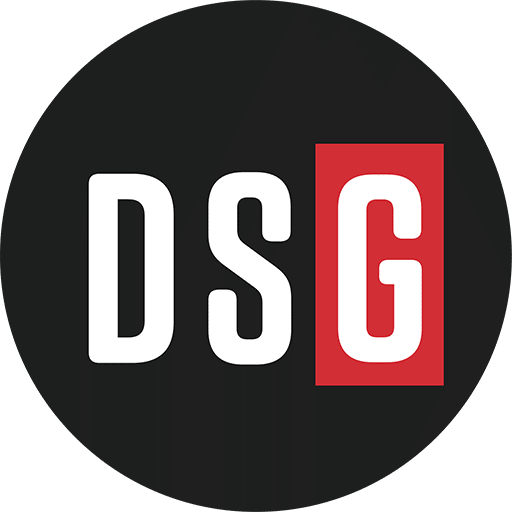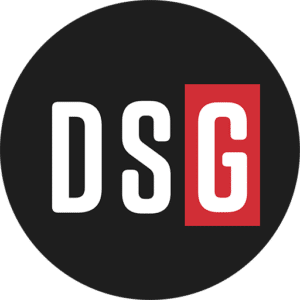Brown-Forman Corp., the 154-year-old maker and distributor of Jack Daniel’s, Woodford Reserve, Herradura, and other iconic spirits, reported weaker sales and earnings for its fiscal year ended April 30, as economic uncertainty, changing consumer trends, and recent divestitures weighed on performance.
Net sales for the year fell 5% to $4.0 billion, down from $4.2 billion in fiscal 2024. Net income declined 14%, with diluted earnings per share dropping to $1.84. Operating income sank 22% to $1.1 billion, a decrease amplified by the lack of gains from last year’s sale of the Sonoma-Cutrer wine brand.
The fourth quarter was particularly soft. Net sales dropped 7% to $894 million, while operating income plunged 45% to $205 million. Executives pointed out one-time restructuring costs and unfavorable year-over-year comparisons as key factors.
Brown-Forman, which distributes its brands in over 170 countries, faced challenges across all major markets. U.S. sales declined 7%, pressured by softer demand for Jack Daniel’s and Korbel, and the impact of the Sonoma-Cutrer divestiture. Sales in developed international markets fell 6%, with the U.K., Italy, and South Korea showing weakness. In emerging markets, results were more mixed: reported sales dipped 2%, but organic sales—which strip out currency impacts and acquisitions—climbed 9%, led by growth in Turkey, Brazil, and the UAE.
Travel retail, often a key sales channel for premium offerings, slipped 7% as demand for higher-end Jack Daniel’s expressions cooled.
“Our ability to deliver organic growth on both the top and bottom line in a year of softening consumer demand is a testament to the strength and resilience of our team,” said CEO Lawson Whiting in a statement. Still, the results reflect a company navigating a changing global marketplace with both caution and urgency.
Mixed Performance Across Brands
Brown-Forman’s core whiskey portfolio was a relative bright spot. While the flagship Jack Daniel’s brand faced headwinds—especially at the high end—Woodford Reserve continued to gain market share and volume.
Tequila, however, was a drag. Sales of el Jimador and Herradura fell by double digits, a decline attributed to intense competition in the U.S. and waning demand in Mexico. Overall, tequila sales dropped 14% for the year.
The ready-to-drink (RTD) segment also showed contrasting trends. While reported sales were down 6%, organic sales rose 5%, driven primarily by international demand for New Mix.
Cost-Cutting, Restructuring, and Portfolio Moves
To shore up profitability, Brown-Forman launched a major restructuring effort during the year, reducing its global workforce by 12%, closing its Louisville barrel cooperage, and offering early retirement packages. These moves generated $63 million in charges but are expected to save $70–$80 million annually starting in fiscal 2026.
The company also sold its 21.4% stake in Duckhorn Portfolio Inc., yielding $350 million in cash and a $78 million pretax gain. That capital helped repay $300 million in debt and return $420 million to shareholders via dividends. The moves reflect a company tightening operations while continuing to invest selectively.
Analysts React
Industry analysts offered a measured response to Brown-Forman’s results. Bonnie Herzog of Wells Fargo said the cost cuts were overdue and could help margins but warned that “the company is still facing real headwinds across its portfolio, particularly in tequila and premium whiskey.”
Morningstar analyst Nicholas Johnson pointed to Brown-Forman’s global reach and strong brand equity as key advantages but noted that “brand divestitures, cost pressures, and weaker discretionary spending are putting a ceiling on near-term growth.”
Outlook: 2026 Forecast Calls for More Volatility
Looking ahead, Brown-Forman expects further turbulence. The company forecasts low single-digit declines in organic sales and earnings for fiscal 2026, citing continued macroeconomic pressure, uncertain consumer demand, and the potential for new tariffs.
Capital spending is expected to range from $125 million to $135 million, with an anticipated effective tax rate of 21% to 23%.
Despite the hurdles, Whiting signaled that the company is sticking to its long-term strategy. “We are focused on building a stronger, more flexible business that can navigate uncertainty and unlock new opportunities,” he said.
Don’t miss any content from Distribution Strategy Group. Join our list.


